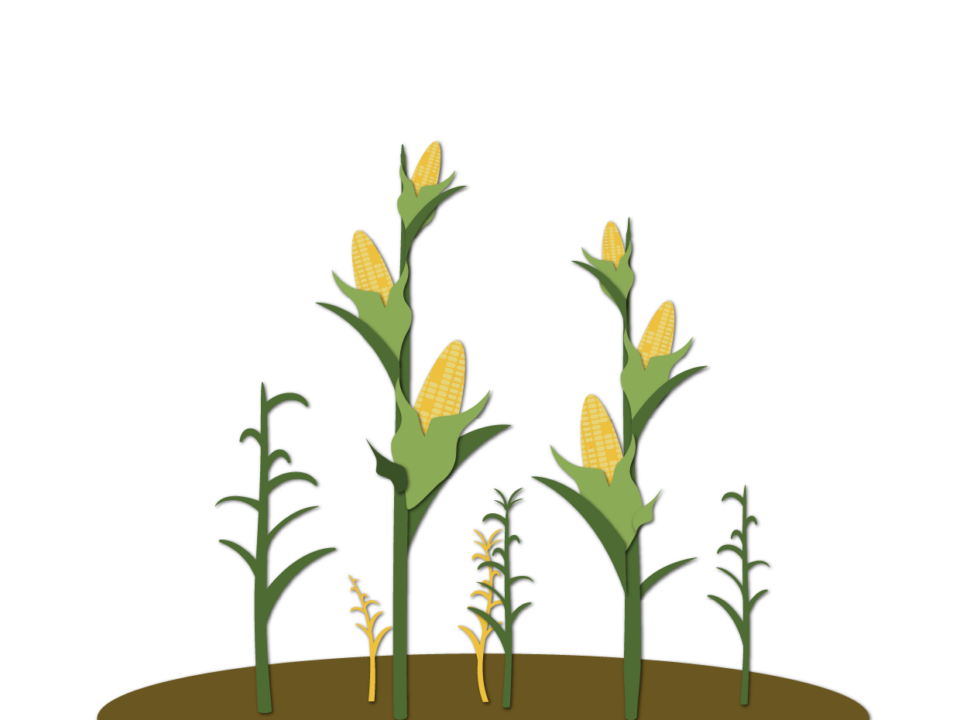When you’re ready to withdraw money from your Registered Disability Savings Plan (RDSP), there are different rules that affect when you can withdraw, and how those payments are taxed.
On this page you’ll find
How do Registered Disability Savings Plan (RDSP) payments work?
A Registered Disability Savings Plan (RDSP) is designed to help people living with disabilities save for the future. It can be an important part of retirement planning for those who benefit from an RDSP. The beneficiary of the account is the person who will receive payments from it.
These withdrawals are called disability assistance payments (DAPs). DAPs can be single lump-sum payments or lifetime payments. The beneficiary can withdraw money from their RDSP at any time, however if funds are withdrawn before the beneficiary turns 60, there may be penalties. This depends on the last date of any government contributions to the account.
Estimate your future RDSP payments by using this calculator. It estimates what your RDSP could be worth in the future and the potential payments you could receive.
What is a lump-sum disability assistance payment?
A lump-sum disability assistance payment is a single withdrawal payment that does not recur on a regular basis. Only the beneficiary or the beneficiary’s estate can receive payments from the RDSP.
You must contact your financial institution to request a disability assistance payment. Not all RDSPs permit lump-sump disability payments.
A disability assistance payment is not permitted if, after the payment, the full market value of the RDSP would be less than the assistance holdback amount for the RDSP. The assistance holdback amount is the total amount of government grants and bonds paid into the RDSP within the last ten year period, minus any part of that amount that has been repaid to Employee and Social Development Canada.
The assistance holdback depends on the beneficiary’s age. For more information on the assistance holdback rules, contact Employee and Social Development Canada (ESDC) at 1-800-622-6232.
What are Lifetime Disability Assistance Payments (LDAPs)?
Lifetime Disability Assistance Payments (LDAPs) are recurring payments that the beneficiary receives from the RDSP. This is similar to receiving pension payments. Once LDAPs start, they must be paid at least annually until either the plan is terminated, or the beneficiary has died.
LDAPs must begin by the end of the year the beneficiary turns 60. The amount the beneficiary receives depends on a formula that takes into account the beneficiary’s age, as well as the full market value of the RDSP. Talk to your financial institution about payment amounts and frequency.
Do you have to pay tax on your RDSP withdrawals?
Your money grows tax-free while it is in the RDSP. However, when you withdraw money for disability assistance payments (APs) and Lifetime Disability Assistance Payments (LDAPs,) you may pay tax on the payments.
The taxable amount of your RDSP payments is the part that includes:
- Proceeds from a rolled over amount.
- The grants and bonds paid into the plan.
- All investment income and interest earned in the plan.
The taxable amount of the payment is counted as income for the beneficiary in the year the payment is made. You will start to owe tax when the total payment amount is higher than the total of the federal Basic Personal Amount and the federal Disability Amount — two non-refundable tax credits. RDSP issuers will withhold the income tax at the source once the amount exceeds this total. Learn more about RDSP withholding thresholds at Canada Revenue Agency.
The money you get from RDSP payments does not affect your eligibility for federal benefits like the GST/HST credit and the Canada Child Benefit. or provincial benefits in most provinces. In Ontario, RDSP payments do not affect provincial disability benefits, however in some provinces they may be affected. Learn more about provincial rules for withdrawals.
When you take money out of an RDSP, you’ll pay tax on any government grants or bonds, and investment earnings, but not on your contributions.
What if the beneficiary has a short life expectancy?
If the beneficiary’s life expectancy is five years or less, they can withdraw up to $10,000 a year from their plan, under certain conditions. This involves changing the RDSP into a Specified Disability Savings Plan (SDSP).
Withdrawals from a Specified Disability Savings Plan will not trigger a repayment of the assistance holdback amount, as long as the withdrawal is not more than $10,000. No new contributions can be made to the SDSP, and beneficiaries cannot carry forward any government grants or bonds while under the SDSP.
Summary
Withdrawals from a Registered Disability Savings Plan (RDSP) are called disability assistance payments. There are rules on when different types of payments happen and how they are taxed.
- Disability assistance payments (DAPs) can be made as a single lump-sum payment or as recurring payments.
- Lifetime disability assistance payments (LDAPs) are recurring payments that must begin the year the beneficiary turns 60. They must happen at least annually.
- The amount of the LDAP depends on a formula that considers the age of the beneficiary and the value of the plan.
- Withdrawals from an RDSP may be taxed, depending on the amount withdrawn and the portion that is drawn from government grants and bonds or interest.
